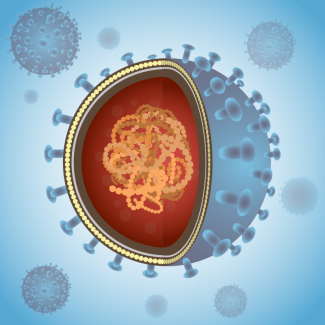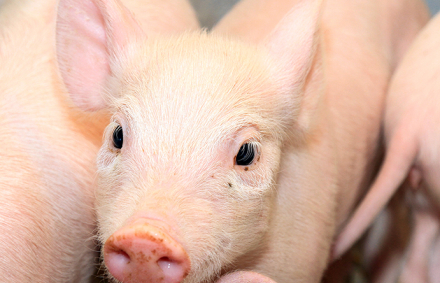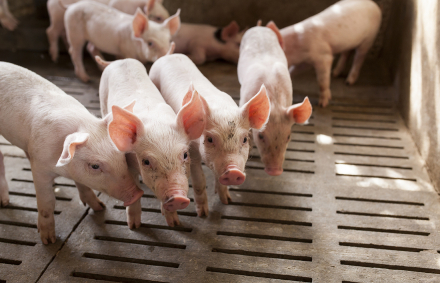
Little did we know back in the 1980s that PRRS (Porcine Reproductive and Respiratory Syndrome), the "mystery swine" disease, would be the one to cause the greatest problems and losses in pig production worldwide.
In the final three decades of the last century, this disease became the most important pathology for the pig sector due to the health problems and economic losses it generates.
Produced by an RNA virus, PRRS disease allows itself the luxury of having both US and European versions, affecting sows and piglets alike, producing respiratory and reproductive problems.
And as if all this were not enough, it has "penchant" for alveolar macrophages, one of the most important cells of the immune system, and one of the key actors involved in establishing the mechanisms of the adaptive or specific immune response.
Consequences caused by swine PRRS disease infection
Of course, this affinity for porcine alveolar macrophages makes the problems and their consequences worse on the farm, since it allows a series of potential pathogens to do their own thing in pigs, mainly due to these 'friends' creating the opportunity for entry as a result of the immunosuppression caused.
On the other hand, it turns out that Porcine Reproductive and Respiratory Syndrome is also caused by a virus that has a great affinity for the places it enters and where it settles, making it very difficult to kick it out of the house once it has gained entry. In other words, a squatter, and a feisty one at that.
Although it is also true that, among these undesirable squatters, there are those who do not kick up too much fuss at home, and there are others who throw parties that really wreak havoc on a large scale.
Another major related problem
PRRS disease, in general, gives rise to high economic losses, of the type with a few extra zeros to the right, due to the reproductive problems it causes in sows and boars, the respiratory problems in pigs and, on top of all this, owing to all the friends it invites to join in the fun through secondary infections and diseases that further compound the negative figures induced by this disease.
While it is true that economic losses are in line with the virulence of the strain that 'we have been lucky enough to get', and that it is generally accepted that they are more problematic if they belong to the US strain than to the European one, the reality is that we can also find strong outbreaks and problems in farms infected with the European strains, and low or minor outbreaks or problems, or even the absence of them, in farms infected with the US strains.
What can we do?
Unquestionably, no one is happy with an undesirable guest outstaying their welcome at home, especially if they are causing trouble. In this case, there are many farms that manage to stabilise and control this uninvited guest and its friends, and there are those that even manage to show it the door.
There are, however, others where it is quite difficult to control this guerrilla PRRS that constantly or sporadically causes distress and concern among farmers and veterinarians.
In order to attempt to mitigate all kinds of consequences, which a disease like PRRS can produce and induce in the swine industry, several strategies are put into play with a view to controlling this problem.
They generally include a range of measures aimed at controlling, stabilising and/or, if possible, eliminating such an infection from our farms, among which we find:
- Understanding the dynamics of infection on the farm.
- Strict biosecurity measures.
- Thorough control of replacements.
- Stringent surveillance of males used for insemination.
- Handling measures.
- Use of vaccines.
- Administration of immunomodulators.
- Genetics.
- Use of air filters.
- Etc.
But the only certainty is that the virus causing PRRS has arrived and it looks like it is here to stay; so the important thing is to try to understand it, learn how it behaves on our farm, and what measures and protocols we can establish in our case and in our conditions to control it and avoid, or considerably reduce, the problems it seeks to cause in our house, on our farm and in our animals.


